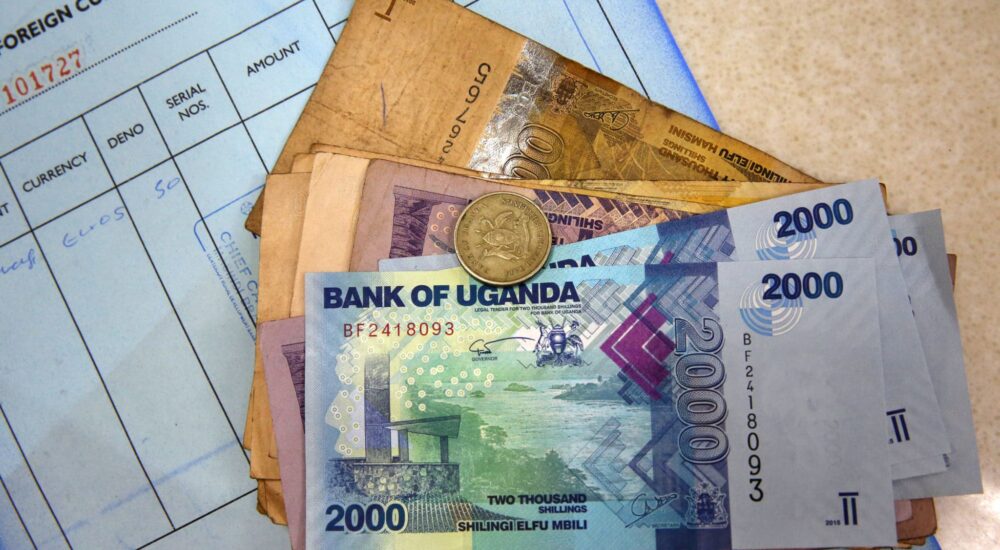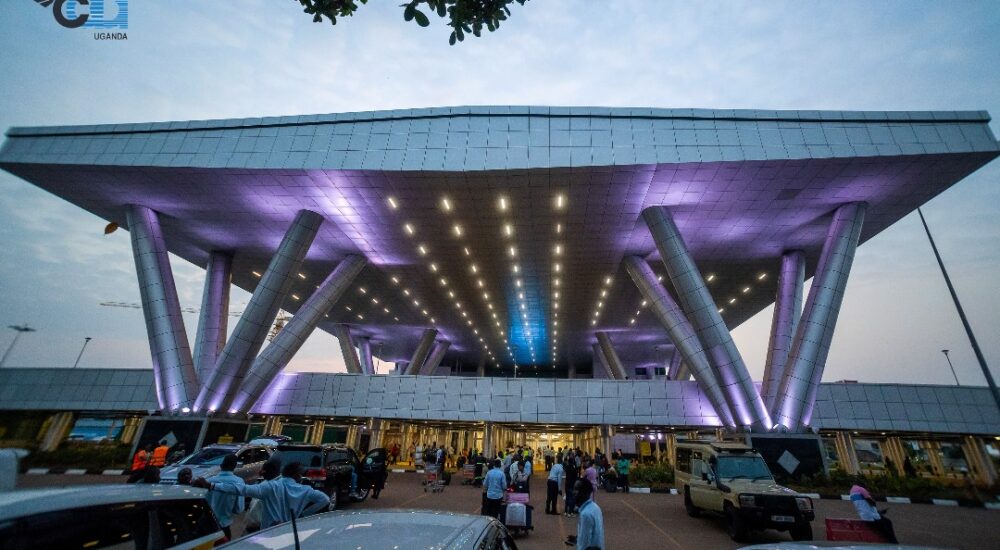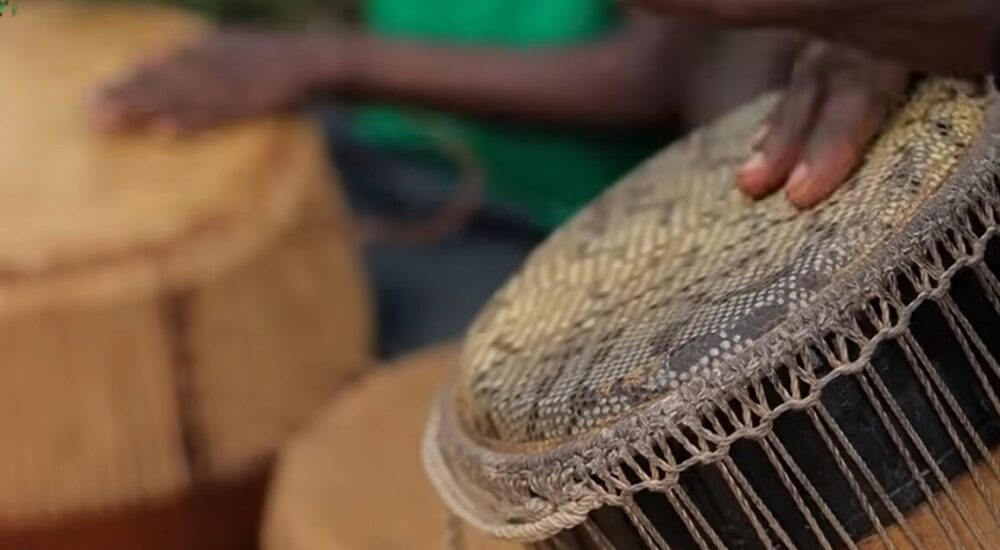Uganda, also known as the "Pearl of Africa," offers an array of experiences for travelers—from…
Salonga National Park
Salonga National Park, The national park’s main office is in Moncoto, which is in the province of Tshuapa. There are four provinces in the Democratic Republic of the Congo that have Salonga National Park. These are Tshuapa, Mai Ndombe, Sankuru, and Kasai. There are two parts to Salonga National Park: the northern part and the southern part. Between the two parts of the national park is a passage that is 40 km wide. There are also rivers, grasslands, marshes, lowland rainforest, and dryland rainforest in the national park.
Pygmies and people from the area live together in parts of the southern part of Salonga. There are rivers called Luliaka and Lula in this part of the national park. There are also two rivers that run parallel to each other that define the park’s edges. You can find the northern part of Salonga between the Lomela and Loile rivers. The Congo basin is connected to this part of the national park and the northeastern part of the southern section.
The national park of Salonga
In the northern part, there are a few green areas, and in the far southern part, there are man-made savanna areas. Along the length of the region, there are hills and plateaus that range in height from 350 meters in the west to 700 meters in the east. However, most of the area is below 500 meters and is swampy. Sometimes, cliffs up to 80 meters high circle the waterways. The middle part of the southern section is only indirectly linked to the Congo river basin by the drainage basin of Ma-Ndombe Lake and, further south, the Kasa river basin.
The northern sector and the northernmost part of the southern sector are both directly linked to the Congo river area. Even though most of the area’s old, few people have moved away, there are still not many small communities left. There are also six administrative areas within the national park. These are Monkoto, Monjok, Washikengo, Yoketeru, Anga, and Munja. It is run by the World Wide Fund (WWF) and the Institut Congolais pour la Conservation de la Nature (ICCN).
There is wildlife in Salonga National Park.
Some of the only animals that live in this park are the bonobo, the bush elephant, and the Congo peacock. Besides these species, the national park has about 223 bird species and 51 species of animals. Salonga is said to have the most bonobos, which are also called tiny chimpanzees. It is thought that over 14,000 bonobos live in Salonga National Park, which is about half of all the bonobos in the world. In the national park, you can see them in the northwest, northeast, and southeast.
Forest elephants, which have been a problem for years because they are being poached, like Salonga because it is so big. Cutting down trees is another thing that has hurt the wild elephants. Primate species that live in Salonga are also very different. There is the black mangabey, the golden bellied mangabey, Thollon’s red colobus, Angola pied colobus, Allen’s swamp monkey, and De Brazza’s monkey.
There are many other animals that can be seen on tours of Salonga National Park, such as the blue duiker, the yellow-backed duiker, the African forest buffalo, the spotted necked otters, the mongoose, the bushbucks, the hippos, and many more.
things to do IN Salonga National Park
Around Salonga National Park, people do a lot of different things, such as the ones below:
There is a lot of different wildlife in Salonga National Park, which makes watching wildlife there fun. Different kinds of animals, like monkeys and bush elephants, can live in the national park’s many different types of habitats.
While on safaris in and around Salonga National Park, people also like to watch birds. There are many kinds of birds that can be seen in and around Salonga National Park. These include black bellied bastards, grey parrots, black parrots, yellow-billed storks, palm vultures, and more.
When you go to Salonga National Park, you can also go on cultural trips. As part of this activity, you will be interacting with people who live near the location. Kitawalistes and Iyaelema are two groups of people who live near Salonga National Park.
You can also fish in the bodies of water that circle Salonga National Park. Among other waters, the Luilaka, Lula, Lomela, and Loile rivers are good places to do this. In the park, there are more than 400 kinds of fish.
A boat ride on the Congo River is another thing that people can do in Salonga National Park. While they are on the ride, they can see the plants and animals that live in the park.
When is the best time to visit Salonga National Park?
Within Salonga National Park, it rains all year long, but June, July, and August are thought to be the best months to go on a tour of the park. Between June and August, when it’s dry, is the best time to see wildlife in Salonga National Park, though it might rain during safaris. These months are also better for seeing wildlife. The temperature in this national park is equatorial, and there are two dry seasons each year in Salonga national park.
The best way to get to Salonga National Park
Along the Congo River, you can take a boat to get to Salonga National Park.


